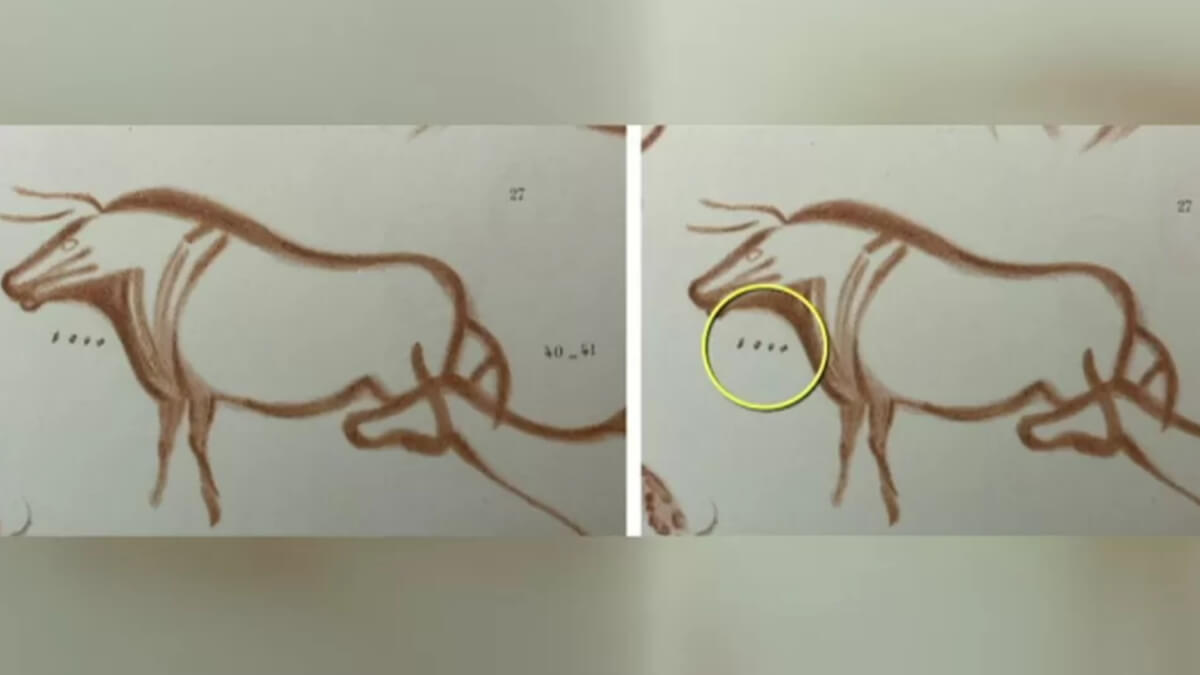What are those dots for?
Ben Bacon, a furniture conservator from London, made an unlikely but crucial discovery that will help researchers better understand 20,000-year old Ice Age drawings.
Ben Bacon was credited with discovering the meaning of dots and other marks on cave paintings, symbols that puzzled archaeologists and other researchers for decades.
The image above belongs to Henri Breuli at Durham University, via PA Wire.
So, what are they?
After analyzing most of the paintings from Lascaux in France and Altamira in Spain, Ben Bacon realized that the markings could refer to a lunar calendar.
His discovery led scientists to believe that early Europeans from 20,000 years back actually timed animals’ reproductive cycles, and marked those cycles in paintings.
According to the BBC, Ben Bacon ‘spent numerous hours on the internet and in the British Library consulting pictures of cave paintings and “amassed as much data as possible and began looking for repeating patterns'”.
Image of a 17,000-year-old engraved salmon, from Pindal cave in Asturias, Spain, with three lines placed within, by Berenguer, M., via LiveScience.
What helped him achieve the breakthrough was one specific symbol – the letter “Y”, which he thought might be a symbol for giving birth because the shape of the letter was one line growing out from another.
He then contacted two researchers with his ideas, who then analyzed the paintings to discover that indeed, the symbols there referred to the lunar cycle and mating patterns.
“The results show that Ice Age hunter-gatherers were the first to use a systemic calendar and marks to record information about major ecological events within that calendar,” says Prof Paul Pettitt, of Durham University, one of the researchers contacted by Mr Bacon.
You can read more about their findings here and the video above has a great interview with Ben Bacon that’s a must-watch for archaeology fans.
Follow TechTheLead on Google News to get the news first.



















